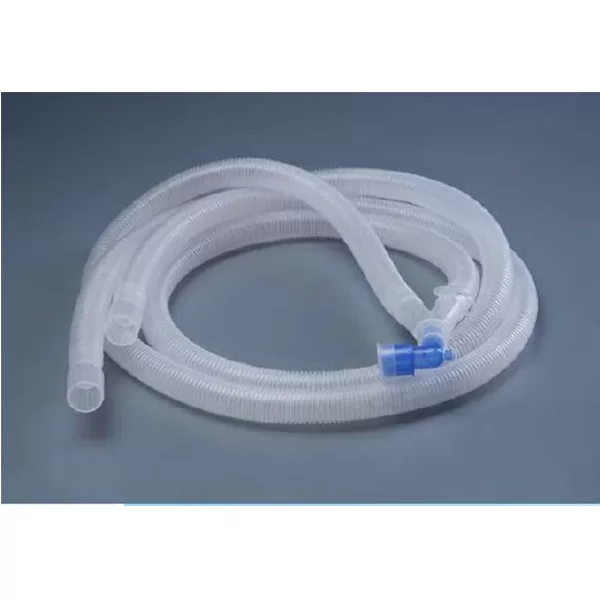Organ transplantation has given new hope and improved quality of life to thousands of patients around the world suffering from end-stage organ failure. While transplantation offers these benefits, it comes with risks as the patient’s immune system sees the transplanted organ as foreign and tries to reject it. To prevent rejection, immunosuppressant drugs play a vital role in modulating the immune system. One such important immunosuppressant is Tacrolimus.
Tacrolimus, also known as FK506, was first isolated in 1984 from the fermentation broth of Streptomyces tsukubaensis. Japanese scientists at Fujisawa Pharmaceutical Co. (now Astellas Pharma Inc.) discovered the compound during a screening program to look for new immunosuppressants. Initial studies in animal transplant models showed Tacrolimus to be more potent than cyclosporine in preventing rejection. The first human kidney transplant using Tacrolimus was performed in 1989 and it was approved for use in 1994 in the United States. Since then, it has revolutionized transplant outcomes and become a mainstay in immunosuppression regimens globally.
Mechanism of Action
Like cyclosporine, Tacrolimus exerts its immunosuppressive effects by inhibiting T-cell activation and proliferation. It binds to an intracellular protein called FK-binding protein 12 (FKBP12). This FKBP12-Tacrolimus complex then binds to and inhibits the phosphatase activity of calcineurin. Calcineurin is essential for the initiation of the transcription of interleukin-2 (IL-2) and other cytokines required for T-cell activation. By inhibiting IL-2 production, Tacrolimus arrests T-cells in the G0-G1 phases of the cell cycle and prevents clonal expansion of activated T-cells. This form of selective T-cell inhibition allows for reduced rejection rates compared to previous therapies.
Uses of Tacrolimus
Tacrolimus has now become the foundation of most immunosuppression regimens following organ transplants such as:
– Kidney transplants: Tacrolimus with corticosteroids reduces acute rejection rates to less than 20% compared to over 50% with corticosteroids alone.
– Liver transplants: Tacrolimus is critical for preventing rejections especially in the first 3–6 months after surgery when risks are highest.
– Heart transplants: It improves 1-year survival rates to over 85% when combined with other drugs like corticosteroids, mycophenolate, or sirolimus.
– Lung transplants: Tacrolimus improves lung allograft function and outcomes compared to cyclosporine or azathioprine-based regimens.
Beyond transplantation, Tacrolimus is also used experimentally for other autoimmune conditions like atopic dermatitis, uveitis, and inflammatory bowel disease where T-cell suppression helps control symptoms and disease progression.
Side Effects of Tacrolimus
While Tacrolimus has undoubtedly benefitted thousands of transplant patients, it is also associated with certain side effects which require careful monitoring. Some common side effects include:
– Nephrotoxicity: High-dose or long term Tacrolimus can damage kidney function which is why frequent monitoring of renal parameters is needed.
– Neurotoxicity: Tremors, headaches, increased blood pressure, seizures are common due to calcineurin inhibition in the brain.
– Diabetes: By interfering with insulin secretion from pancreatic beta cells, risk of new-onset diabetes is elevated especially in the first 3 months.
– Infections: Like other immunosuppressants, Tacrolimus predisposes to opportunistic infections due to reduced immune defenses.
– Gastrointestinal problems: Nausea, diarrhea, abdominal pain occur frequently and impact compliance.
– Hirsutism and gingival hyperplasia: Excess hair growth and enlarging gums are annoying cosmetic issues seen in 30-60% of recipients.
Since its introduction over 30 years ago, Tacrolimus has raised success rates in organ transplantation to unprecedented levels. Careful maintenance of therapeutic Tacrolimus levels along with other concomitant anti-rejection drugs allows up to 90% of transplant recipients to enjoy excellent long-term organ function survival. While immunosuppression does increase risks, the life-extending benefits of transplantation in cases of organ failure are immense. Continued refinement of regimens seeks to maximize protection from rejection at the lowest possible Tacrolimus exposure and side effects. Overall, this wonder drug has enabled more patients worldwide the gift of a new organ and quality years of healthy life.
*Note:
1. Source: Coherent Market Insights, Public sources, Desk research
2. We have leveraged AI tools to mine information and compile it




